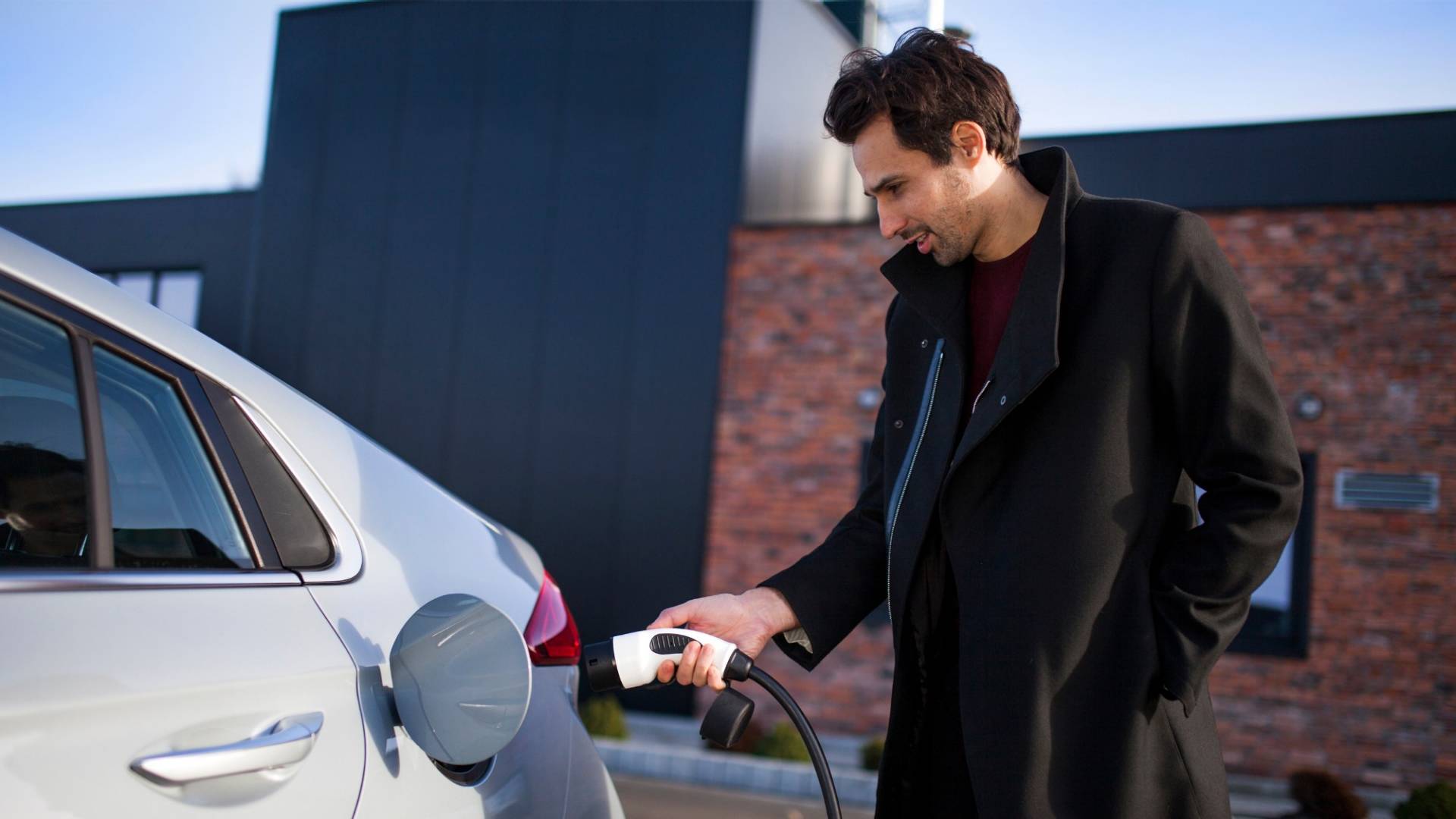-
Range of electric cars. How far do e-cars run in cold weather?
16.11.2022 | Simon GantnerAre you familiar with the term “range anxiety”? If so, you might drive an electric car. Or - and more likely: you are thinking about driving one in future. The reason for this “fear”: coming to a stop in the middle of nowhere due to an empty battery. The fact is that e-cars require more energy in cold weather. Here are some practical tips that will allow you to optimize your car's range also during the winter months.

Range of electric cars. How far do e-cars run in cold weather?

Why is the range lower for e-cars in the winter?
Firstly, the battery has to consume more energy at lower temperatures, as chemical reactions take place more slowly in the cold. Secondly, the interior, the windows and seats, the steering wheel and the battery itself all have to be heated using electrical energy from the traction battery. Heating is therefore a major energy guzzler. “This can be countered by bringing the vehicle to operating temperature prior to departure, while it is still connected to the charging station”, says expert Peter Schmid. He is the head of the “new mobility hub by AMAG” at Zurich Airport.
“E-vehicles have a lower range in winter”, confirms Peter Schmid. “If people can charge their car at home or at the workplace, this is not likely to be a problem. The most common types of electric cars can still cover 300 km in the winter too.” The average loss of range in winter is between 15-25%. In exceptional cases, a range loss of up to 30% is possible, but not with the newest-generation batteries.
How to protect your battery and optimize the range in winter:
-
Pre-heat the vehicle while it is plugged into the power supply. This saves on the traction battery.
-
Do not keep the heating on the highest level while driving.
-
Do not open doors and windows for any longer than is necessary.
-
If there is one, switch on the heating system’s energy-saving function. That way, only the driver’s space is heated when you are alone at the wheel, for example.
-
Avoid short journeys interspersed with long periods of idling, as the interior and the battery cool down and have to be heated up repeatedly.
-
Set the heating to recirculate. This warms up the interior faster.
-
If possible, park in a garage so that the battery does not cool down excessively.
-
If possible, start charging when the battery is still at operating temperature, e.g. in the evening after a relatively long journey, as a battery that has cooled down has a severe adverse effect on charging capacity.
-
Use smart heat pumps: these use ambient heat and waste heat from vehicle components to heat the electric vehicle. Heat pumps are already installed as standard or can be retrofitted.








